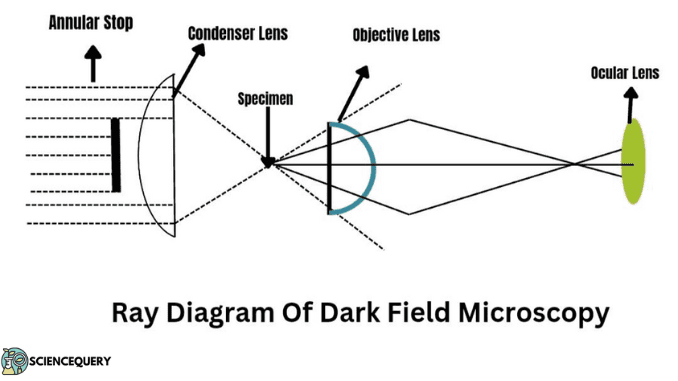
Dark Field Microscope
Introduction What is dark field microscopy? Dark field microscopy is a light microscopic technique, used to observe living cells and microorganisms without staining methods. This […]

Introduction What is dark field microscopy? Dark field microscopy is a light microscopic technique, used to observe living cells and microorganisms without staining methods. This […]
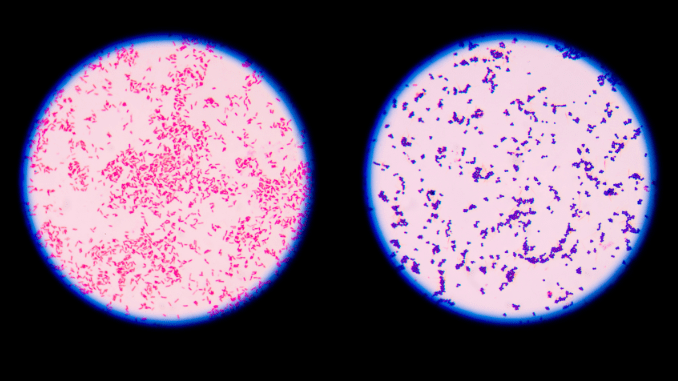
What is gram staining? Gram staining is the most important procedure in microbiology. It is a laboratory technique that forms the basis of bacterial identification […]

Introduction Do fungi have a nucleus? Yes, it has a prominent nucleus. It is an eukaryotic cell and possesses a nucleus as well as other […]
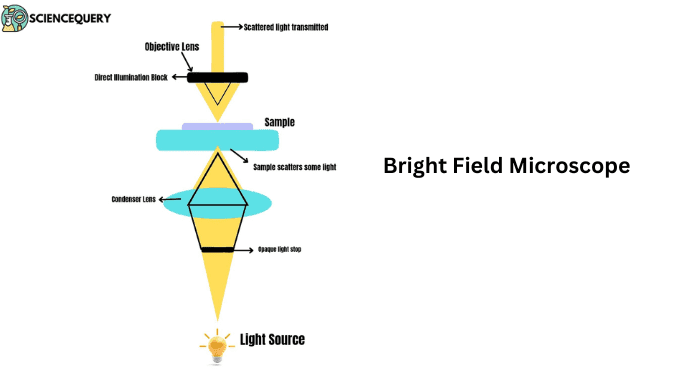
Introduction A bright field microscope can be said to be an optical microscope that uses light to illuminate an object. Another name for a bright […]

Introduction Wastewater, also termed sewage, is basically water by weight. It is basically of three types domestic sewage, industrial sewage, and sewage from precipitation. This […]
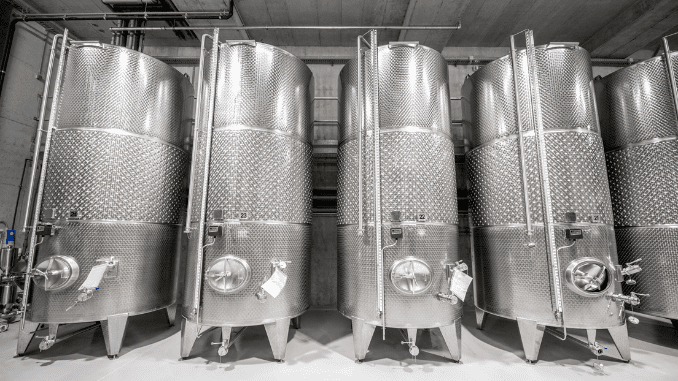
Introduction The fermenters are highly used for food processing, fermentation, waste treatment etc. This article is all about What is Fermenter and its types and […]
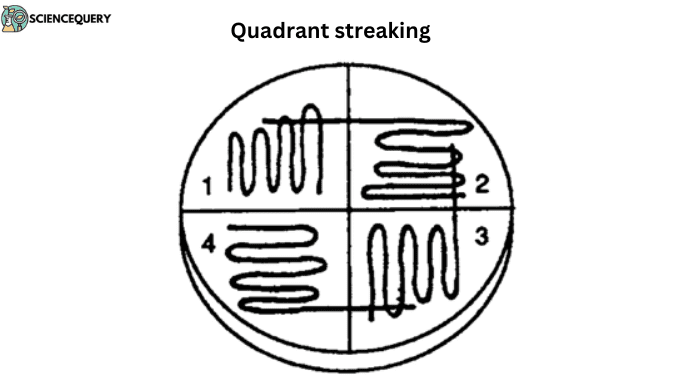
Introduction Quadrant streaking is a highly used method by biologists to obtain a pure culture by the inoculation of certain microorganisms. Here, the agar plate […]

Know in one minute about the Bunsen burner The Bunsen burner is a high-temperature heating device. Widely used in laboratories all over the world for […]
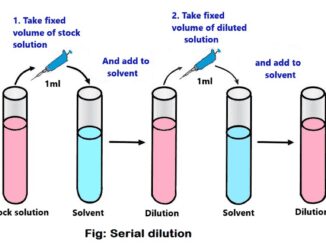
Introduction Serial dilution is a microbiological process where a substance is stepwise diluted in a solution. This serial dilution method is a technological method that […]

Know in one minute about prokaryotic DNA The prokaryotic DNA found in the cytoplasm is usually circular and present in fewer amounts. It is naked […]
Copyright © 2024 | WordPress Theme by MH Themes